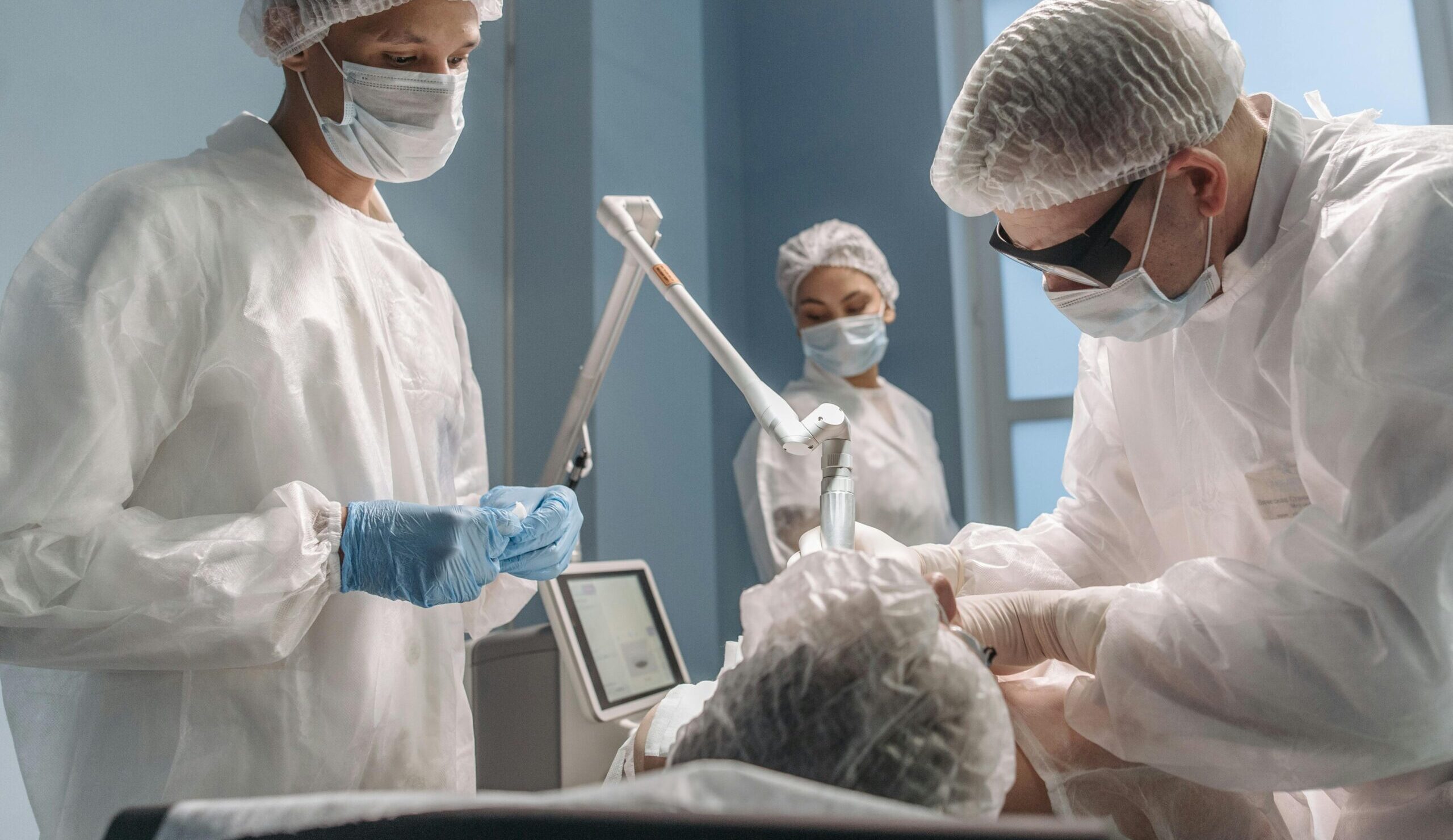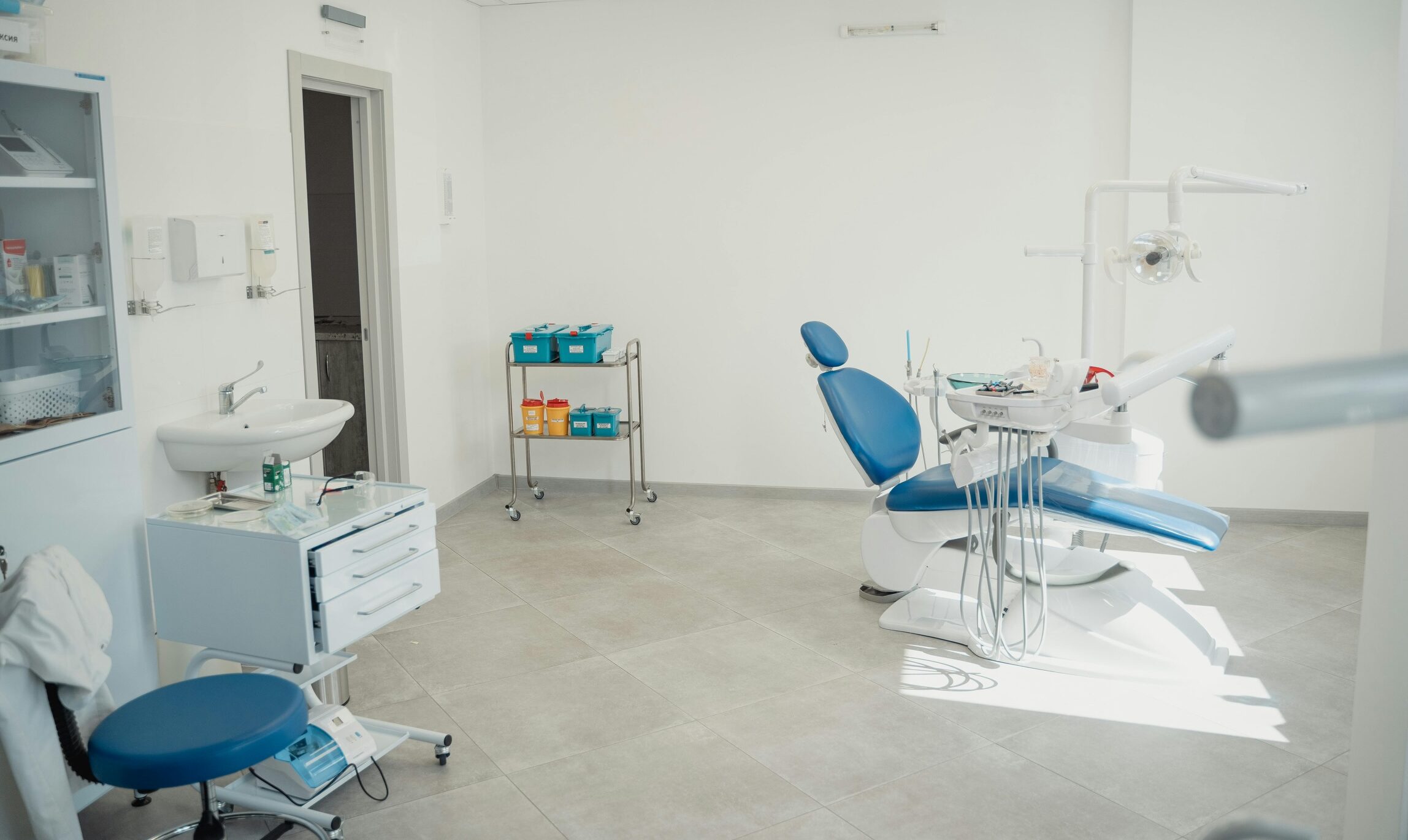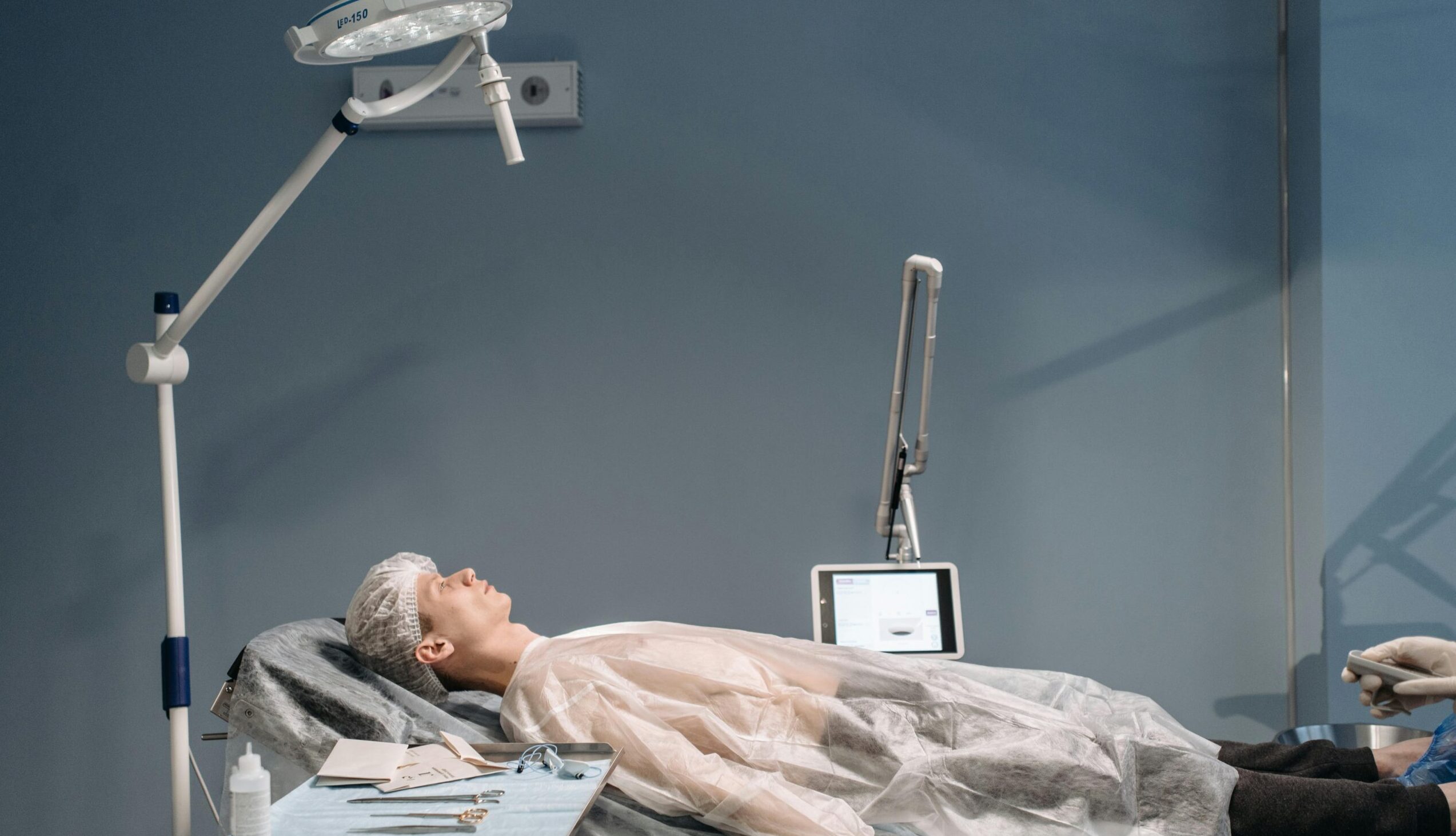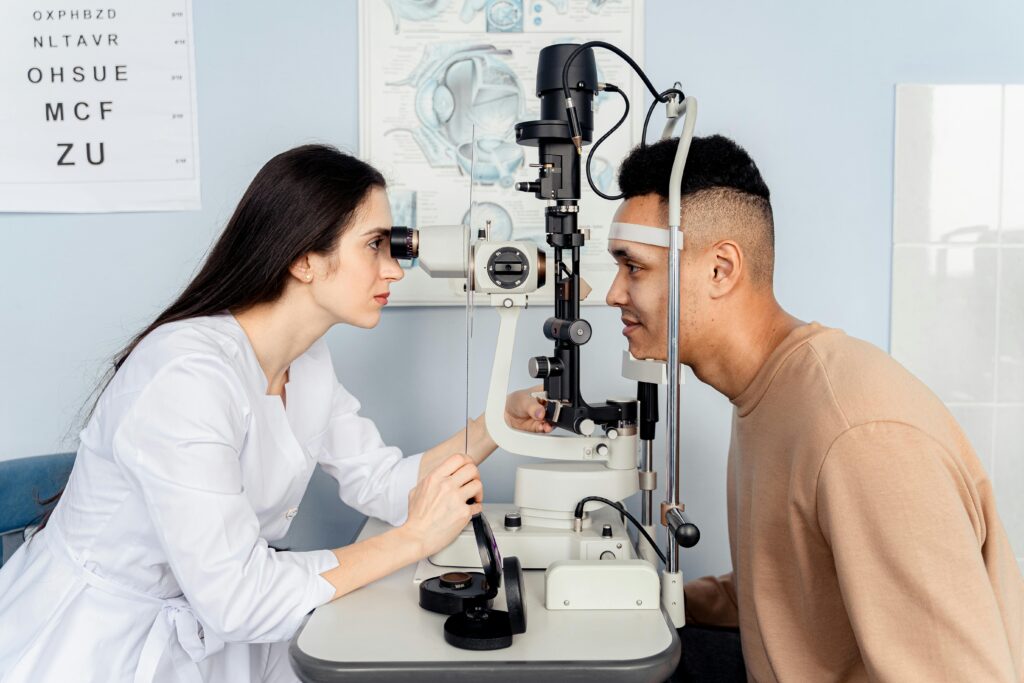How to Get Insurance to Pay for Eyelid Surgery: A Friendly Guide
Let’s be honest—eyelid surgery (blepharoplasty) is often seen as a cosmetic procedure, but for many people, it’s much more than that. If your drooping eyelids are affecting your vision or causing discomfort, eyelid surgery might be medically necessary. And here’s the good news: in many cases, insurance can cover it.
But there’s a process. It’s not always straightforward, and insurance companies love their red tape. That’s where this guide comes in. I’ll walk you through what you need to know—step by step—so you can increase your chances of getting insurance to help cover the cost.
How Can You Get Insurance to Pay for Eyelid Surgery?
To get insurance to cover eyelid surgery, you need more than just a cosmetic concern. The procedure must be considered medically necessary, which means your droopy eyelids are interfering with your ability to see or function normally.
Your first step should be scheduling an appointment with an eye doctor who can perform a thorough exam and document your symptoms. Most insurance companies require this medical documentation before approving the claim. Here’s a useful guide on how you can get insurance to pay for eyelid surgery from the American Academy of Ophthalmology.

Vision Issues That Justify Coverage
One of the strongest cases for insurance coverage is when vision issues are involved. If sagging eyelids are blocking your upper field of vision or making it difficult to drive safely, read, or even walk without strain, surgery may be medically necessary.
Insurance providers usually require a visual field test, which measures how much your eyelids obstruct your sight. This test is a key part of the approval process. You can read more about how vision issues are evaluated in eyelid surgery cases.
Impact on Daily Activities
Another major factor insurance companies look at is the impact on daily activities. Are your drooping eyelids making it hard to work on a computer, cook, or carry out everyday tasks? These limitations can indicate that the condition is more than cosmetic.
It’s important to clearly communicate these challenges to your doctor so they can include them in your medical records. This guide on how eyelid problems affect daily life provides more insight into what insurers consider significant.
Ptosis Diagnosis Strengthens Your Case
If your doctor diagnoses you with ptosis—a condition where the eyelid muscles are too weak to lift properly—it greatly improves your chances of insurance approval. Ptosis is a recognized medical condition that can lead to partial vision loss and eye fatigue.
In fact, a ptosis diagnosis is one of the clearest indicators that eyelid surgery is medically required. Make sure your doctor includes this diagnosis if applicable.
Severe Symptoms That Justify Eyelid Surgery
Insurance companies are more likely to approve claims when severe symptoms are present. These can include:
-
Constant eye strain or fatigue
-
Headaches from trying to lift the brows
-
Skin irritation due to excessive eyelid skin
-
Documented visual field loss
These issues, especially when backed by clinical tests, show that surgery is necessary—not optional. This article outlines the severe symptoms that insurance companies look for.
Obtaining Insurance Coverage for Eyelid Surgery: Step-by-Step
To actually get approved, you’ll need to follow a few specific steps:
-
Get a medical evaluation by an ophthalmologist or oculoplastic surgeon
-
Complete a visual field test
-
Receive a medical diagnosis like ptosis or dermatochalasis
-
Submit full documentation to your insurance provider for pre-authorization
Here’s a helpful resource on obtaining insurance coverage for eyelid surgery to guide you through each phase.
Thinking About Eyelid Surgery in Virginia?
If you’re considering eyelid surgery in Virginia, you’re in luck—there are many board-certified specialists who not only perform the surgery but also help with insurance paperwork. They’re familiar with the exact documentation insurers need and can make the approval process smoother.
To explore providers, check out this list of top eyelid surgery specialists in Virginia.
When Will Insurance Cover Eyelid Surgery?
Blepharoplasty, or eyelid surgery, is often seen as a cosmetic procedure—but for many people, it’s medically necessary. Sagging eyelids can lead to vision issues, discomfort, and difficulty in daily tasks like reading or driving.
So, the big question is:
👉 Will insurance cover eyelid surgery?
The answer is: Yes, but only under specific conditions.
In this article, we’ll cover everything you need to know, including the difference between cosmetic and medical eyelid surgery, the documentation required, how to get insurance approval, and what to do if your case is denied
👁️🗨️ Understanding Blepharoplasty: Cosmetic vs. Medical
Let’s break it down:
-
Cosmetic Blepharoplasty is performed to enhance appearance—like removing under-eye bags or tightening sagging skin.
🔺 Insurance will NOT cover this. -
Medical Blepharoplasty is necessary when drooping eyelids interfere with vision or cause physical discomfort.
✅ Insurance MAY cover this if it meets medical necessity requirements.
🩺 Medical Necessity for Eyelid Surgery
To qualify for insurance coverage, your case must prove medical necessity. That means:
-
Your upper eyelids droop low enough to cover your pupils or obstruct your visual field.
-
You’ve been diagnosed with ptosis (a medical term for drooping eyelids).
-
The drooping causes severe symptoms like headaches, eye strain, or difficulty keeping your eyes open.
-
There is a visible impact on daily activities such as driving, reading, or working on a screen.

✅ Eligibility for Eyelid Surgery Coverage
You may be eligible for insurance coverage if you meet these basic criteria:
| Criteria | Description |
|---|---|
| Ptosis Diagnosis | Must be diagnosed by a qualified ophthalmologist or plastic surgeon. |
| Visual Field Test | Test should show 20–30% or more of your upper vision is blocked. |
| Photographs | Clear photos of your eyes (open & relaxed) showing obstruction. |
| Medical History & Symptoms | Documentation of how eyelid drooping affects your daily life. |
📁 Common Insurance Requirements for Eyelid Surgery
Every insurance company may differ slightly, but most will require:
-
Ophthalmologist’s report explaining the diagnosis and medical necessity.
-
Visual field test results (e.g., Humphrey or Goldmann perimetry).
-
Pre-operative photographs (front-facing with relaxed eyelids).
-
Proof of functional impairment, like problems driving or working.
-
Sometimes a letter of medical necessity from your doctor or specialist.
🔄 How to Navigate the Insurance Process
Here’s a simple guide to help you move through the system efficiently:
-
Get a proper eye exam from an ophthalmologist.
-
Discuss your symptoms clearly — focus on vision, fatigue, and safety concerns.
-
Request a visual field test.
-
Get high-quality before photos taken from your surgeon.
-
Let your surgeon’s office submit the paperwork to your insurance.
-
Follow up regularly for approval or appeal.
📌 Pro Tip: Some clinics help you from diagnosis to final insurance approval. If you’re in Virginia, check options for eyelid surgery in Virginia that include insurance coordination.
💡 Tips for Getting Insurance to Cover Blepharoplasty
-
Be detailed when describing your symptoms to your doctor.
-
Keep a symptom diary to record how drooping affects your daily life.
-
Use language like “impairs my ability to drive/read/work” in documentation.
-
Make sure all required tests and reports are submitted with clarity.
-
Don’t hesitate to appeal if initially denied—many are approved on reconsideration.
📵 When Insurance Won’t Cover Blepharoplasty
There are certain situations where coverage will likely be denied:
-
Your eyelids don’t significantly block your vision.
-
You don’t have a ptosis diagnosis.
-
You’re seeking surgery for aesthetic reasons only.
-
No visual field test or documentation was submitted.
-
The impact on your daily life is not clearly documented.
In such cases, you’d need to go the cosmetic surgery route and pay out of pocket.

💉 When to Seek a Cosmetic Eyelid Procedure
Consider cosmetic blepharoplasty if:
-
You’re concerned about tired or puffy eyes.
-
You want a more youthful, refreshed look.
-
Your eyelids are saggy but not affecting your vision.
-
You want to correct under-eye bags or wrinkles.
💬 Many patients say cosmetic blepharoplasty is one of the most satisfying anti-aging procedures. Just know: insurance won’t help with this one.
Check trusted aesthetic providers like Aesthetics Virginia for personalized consultations.
🧭 Obtaining Insurance Coverage for Eyelid Surgery
If you’re serious about pursuing insurance-covered eyelid surgery:
-
Choose a board-certified oculoplastic or plastic surgeon.
-
Ensure the office has experience dealing with insurance.
-
Get your tests, photos, and records organized before submission.
-
Be persistent—many denials are reversed on appeal.
For more help, visit the American Society of Ophthalmic Plastic and Reconstructive Surgery for trusted info on obtaining insurance coverage for eyelid surgery.
📌 Summary: When Will Insurance Cover Eyelid Surgery?
| Situation | Will Insurance Cover? |
|---|---|
| Droopy lids affecting vision | ✅ Yes |
| Diagnosed ptosis + symptoms | ✅ Yes |
| Mild sagging just for looks | ❌ No |
| Under-eye bags, puffiness only | ❌ No |
| Proper testing + documents | ✅ Yes |
So the bottom line is: You must prove medical necessity. The stronger your documentation and diagnosis, the higher your chances of approval.

🧠 Frequently Asked Questions (FAQ)
❓ Will insurance cover eyelid surgery?
Yes, but only if it’s medically necessary.
Insurance typically covers eyelid surgery (blepharoplasty) when sagging lids obstruct your vision, interfere with daily activities, or cause eye strain or headaches. You’ll need proper testing and documentation from an eye specialist to qualify.
❓ What to say to qualify for eyelid surgery?
When speaking with your doctor or insurance provider, be honest and specific.
Say things like:
-
“My eyelids make it hard to see while driving.”
-
“I struggle to read or use my computer for long periods.”
-
“I feel eye fatigue or pressure every day.”
Focus on how the eyelid issue impacts your vision and daily life—not appearance.
❓ How do you know if eyelid surgery is medically necessary?
A few signs include:
-
Your upper eyelids hang low enough to block part of your vision.
-
You’ve been diagnosed with ptosis by an eye doctor.
-
A visual field test shows reduced peripheral or upper vision.
-
You experience frequent headaches or eye strain from constantly lifting your brows.
Your eye specialist can confirm this during a clinical exam and vision test.
❓ Is eyelid surgery risky?
Blepharoplasty is generally considered a low-risk, outpatient procedure when performed by an experienced surgeon.
That said, like any surgery, risks include:
-
Bruising or swelling
-
Dry eyes or irritation
-
Temporary blurred vision
-
Rare complications like infection or asymmetry
Always choose a board-certified plastic or oculoplastic surgeon to minimize risks.
❓ Can you fix eyelids without surgery?
For mild cases, yes—non-surgical options can help temporarily:
-
Ptosis crutches (small eyelid supports in glasses)
-
Prescription eye drops like Upneeq to slightly lift the eyelids
-
Laser or radiofrequency skin tightening treatments
-
Botox or fillers for minimal lifting
But if the drooping is severe or vision-affecting, surgery is often the most effective long-term solution.
Final Thoughts
Eyelid surgery can be life-changing—not just for how you look, but for how you see and function daily. If your condition involves vision issues, a ptosis diagnosis, or a serious impact on daily activities, there’s a strong chance your insurance will cover it.
Be proactive, work with a qualified doctor, and make sure your symptoms are well documented. And if you’re in Virginia, consider reaching out to a specialist who understands both the medical and insurance aspects of this journey.




Pingback: The Future of Dentistry: Real-Time Dental Insurance Verification API - JobyNest
Pingback: Top Rated Auto Insurance Companies in the USA: - JobyNest
Pingback: Ordinance or Law Insurance Coverage - JobyNest
Pingback: Best Travel Protection Credit Card: Everything You Need to Know - JobyNest